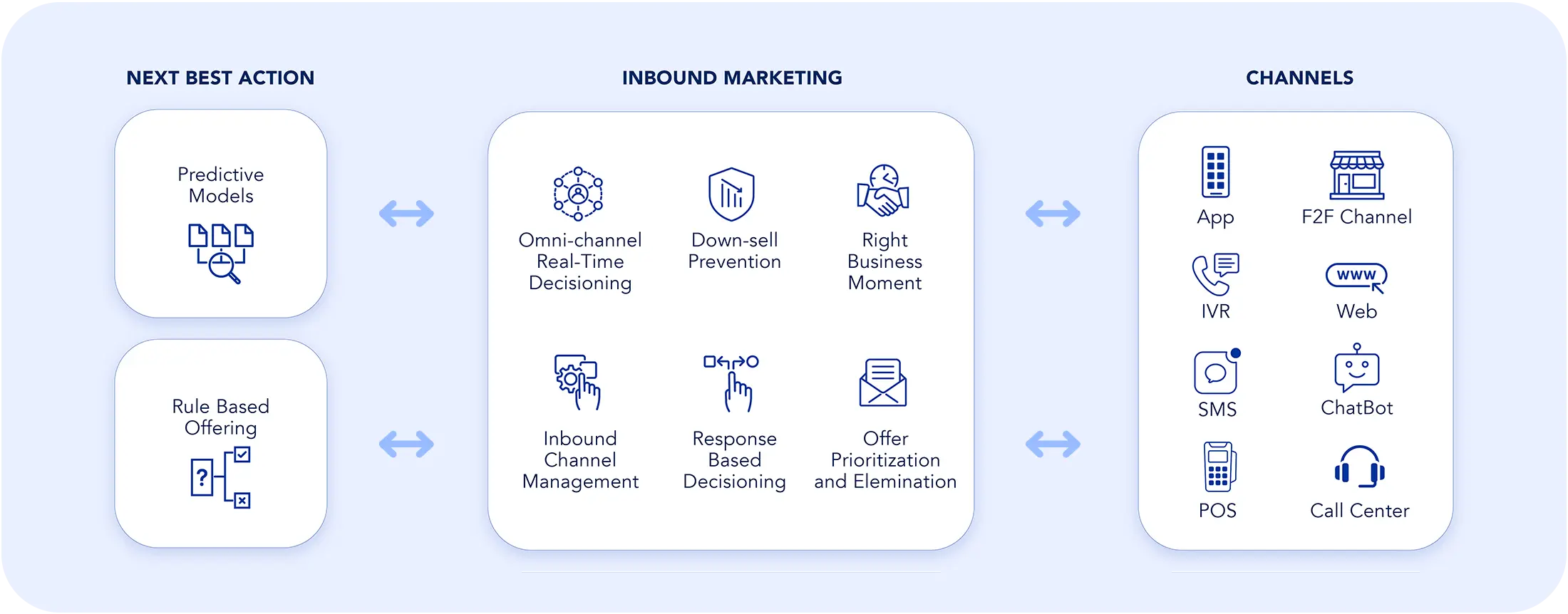Reinforcement Learning
Reinforcement learning is a type of machine learning where an agent learns how to make decisions by receiving rewards or penalties for their actions.
It’s very similar to how someone would train a dog: Good behavior gets rewarded with treats, whereas bad behavior gets ignored or punished. Over time, the dog understands which course of actions yields a better response.
Keywords in Reinforcement Learning
To understand how reinforcement learning works, it's important to first define the key components that make up its framework.
Agent: An agent, whether it be a robot or a software program, is the learner or decision-maker that takes actions to achieve certain goals.
Environment: The environment is everything the agent interacts with and tries to learn from.
State: A state represents the current situation or context the agent is in.
Action: An action is a specific choice the agent can make at a given time, which affects how the environment changes.
Reward: A reward is feedback from the environment, given after an action, that tells the agent how good or bad that action was.
Policy: A policy is a set of rules the agent follows to decide which action to take in each state.
Value Function: The value function estimates how beneficial it is to be in a certain state or take a certain action based on expected future rewards.
Step-By-Step Process of Reinforcement Learning
Here’s how reinforcement learning typically unfolds, one step at a time:
1) Observation: The agent begins in a specific state and observes the environment to understand the current situation it’s in.
2) Action Selection: Using its current policy, the agent selects an action that it believes will lead to a good outcome.
3) Environment Response: After the action is taken, the environment responds by transitioning to a new state and providing the agent with a reward, either positive or negative, based on the quality of its decision.
4) Learning: The agent takes the feedback and updates its policy to improve future decision-making.
Real-World Applications of Reinforcement Learning
Reinforcement learning is increasingly being used in real-world systems where decisions need to be made dynamically, often in uncertain or constantly changing environments. Here are some key sectors where RL is making a major impact:
1. E-Commerce
RL can tailor product recommendations based on customer behavior, learning in real-time which items to suggest to increase engagement or sales. It also helps determine optimal pricing strategies by continuously learning from customer responses, competitor pricing, and demand patterns.
2. Fintech
RL agents can learn to adjust investment portfolios in response to changing market conditions, risk levels, and performance feedback. RL can also assist with fraud detection by learning to recognize behavior patterns and preventing fraudulent transactions.
3. Telecom
Telecom companies use RL to learn when and how to offer personalized incentives or service upgrades to reduce customer churn and increase retention rates.
4. Travel & Aviation
Airlines and travel platforms use RL to optimize seat upgrades, booking offers, or loyalty program rewards by predicting customer preferences. RL can also help tailor personalized travel itineraries or hotel suggestions by learning what types of experiences or amenities a traveler values, uncovering cross-sell opportunities.
The Challenges of Implementing Reinforcement Learning
While reinforcement learning is incredibly powerful, it also comes with several unique challenges, especially when applied to real-world systems.
1. Exploration vs. Exploitation
One of the main challenges of RL is deciding when the agent should explore new actions it hasn’t tried yet vs. exploiting actions that it already knows work well. Too much exploration can waste time and resources, while too much exploitation may cause the agent to miss out on better opportunities.
2. Sample Inefficiency
Reinforcement learning typically requires a massive amount of interaction data to learn good policies. In real-world systems, collecting an efficient amount of data can be a costly, slow, or impractical process.
3. Lack of Rewards
In many scenarios, the agent doesn’t receive immediate feedback after each action. Rewards may be infrequent or delayed, making it hard for the agent to identify which of its earlier actions contributed to the successful outcome.
4. Safety Concerns
Because RL agents learn through trial and error, they can take risky or unpredictable actions. This might be fine in a simulation, but could result in harmful or dangerous outcomes in real-world applications such as healthcare or finance.
5. Reward Misalignment
In systems trained with human feedback, the agent may learn to optimize for what users like, rather than what is factually correct or helpful. This kind of reward hacking is a known risk in RL and highlights the importance of carefully designing feedback and evaluation methods.
While these challenges highlight the complexity of reinforcement learning, they also underscore why it’s so valuable when used responsibly; especially in high-impact industries like marketing technology where personalization and data-driven decision-making are critical.
evamX: Leveraging AI for Improved Customer Experiences
evamX is a marketing platform that harnesses AI and machine learning tools, such as reinforcement learning, to empower businesses to connect with their customers during moments that matter.

With its modules such as Journey Designer and NBX Decisioning, evamX can gather insight into customer preferences, craft resonant customer journeys, and predict what customers will need before they express it.
Join the Evam Community
Subscribe to receive the latest insights, news, and updates straight to your inbox.


